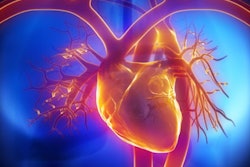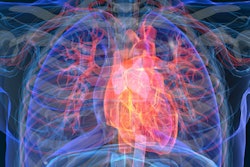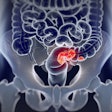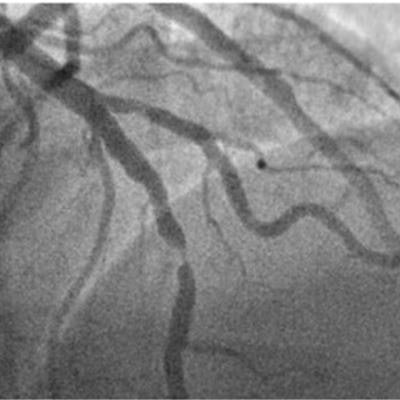
Quantifying a person's heart plaque using CT coronary angiography (CTCA) may help in determining the type of heart attack the patient is experiencing, according to research published October 27 in Radiology: Cardiothoracic Imaging.
"Type 1" myocardial infarctions are characterized by a rupture of atherosclerotic plaque, blocked heart vessels, and/or thrombosis, while "type 2" attacks are prompted by an imbalance of oxygen supply and demand in the heart -- which provokes abnormal heart rhythms, hypoxia, or low blood pressure. Identifying the type of infarction a person is undergoing can be tricky, wrote a team led by Dr. Mohammed Meah of the University of Edinburgh in Scotland.
"Differentiating between type 1 and type 2 myocardial infarction is a common clinical conundrum that can be difficult to resolve, particularly as both can occur in the presence or absence of obstructive coronary artery disease," the group noted.
A noninvasive test that can differentiate between the two types of myocardial infarctions "would be of major clinical benefit," Meah and colleagues wrote, and that's where CTCA comes in.
"CT-defined high-risk low-attenuation plaque can be used to risk stratify patients with coronary artery disease and is one of the strongest predictors of future myocardial infarction," they explained.
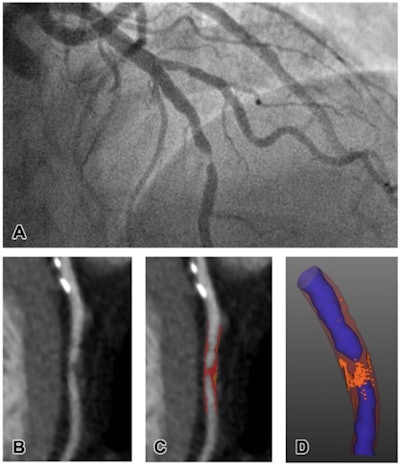 Representative images of CT plaque analysis demonstrate differences between type 1 and type 2 myocardial infarction. (Left panel) Images in a 42-year-old man diagnosed with type 1 myocardial infarction. (A) Image from invasive angiography demonstrates severe stenosis in the distal left anterior descending artery. (B) CT coronary angiogram, curved planar reformation, (C) quantitative plaque analysis, and (D) three-dimensional quantitative plaque analysis demonstrate a high burden of low-attenuation plaque. Right panel: Images in a 74-year-old man diagnosed with type 2 myocardial infarction. Images courtesy of the RSNA.
Representative images of CT plaque analysis demonstrate differences between type 1 and type 2 myocardial infarction. (Left panel) Images in a 42-year-old man diagnosed with type 1 myocardial infarction. (A) Image from invasive angiography demonstrates severe stenosis in the distal left anterior descending artery. (B) CT coronary angiogram, curved planar reformation, (C) quantitative plaque analysis, and (D) three-dimensional quantitative plaque analysis demonstrate a high burden of low-attenuation plaque. Right panel: Images in a 74-year-old man diagnosed with type 2 myocardial infarction. Images courtesy of the RSNA.Meah and colleagues sought to confirm whether particular kinds of heart plaque characterized on CTCA could help clinicians determine the type of heart attack a patient was suffering via a study that included 327 patients. Of the total cohort, 155 had type 1 infarction, 36 had type 2, and 136 had chest pain but no heart attack.
CTCA results showed that patients with type 1 heart attack had greater total, noncalcified, and low-attenuation plaque burdens compared with those patients with type 2. The presence of low-attenuation plaque was confirmed to be an independent predictor of type 1 attack, with an odds ratio of 3.44 (1 is reference standard).
| CTCA findings regarding plaque burden that distinguishes types of heart attack | ||
| Type of plaque burden | Type 1 heart attack | Type 2 heart attack |
| Total | 44% | 35% |
| Noncalcified | 39% | 34% |
| Low-attenuation | 4.1% | 1.6% |
The study results could help patients suffering heart attack to get more appropriate care, according to the study authors.
"Quantitative CTCA helped identify important differences between the plaque characteristics of patients with type 1 and type 2 myocardial infarction," they concluded. "Future prospective studies are needed to validate this technique and investigate whether the differences could be used to differentiate between these distinct pathologic conditions in clinical practice."






